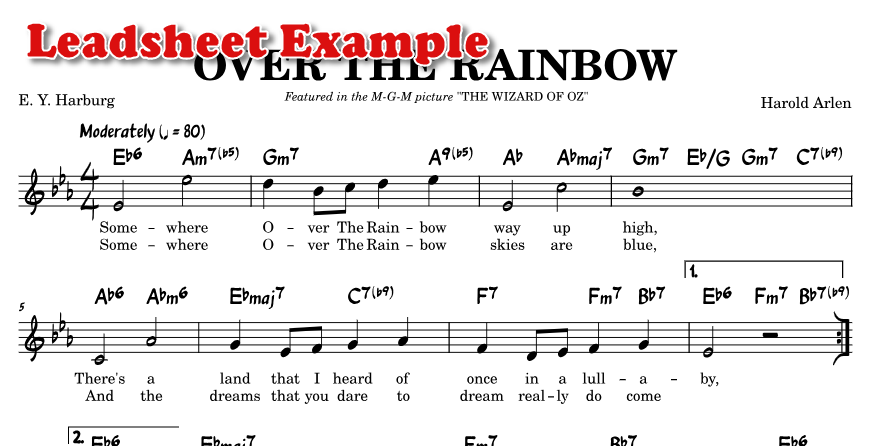Embarking on your first recital is an exhilarating step in your musical journey, and the prospect of choosing that debut piece should be nothing short of empowering. The stage is set for you to showcase your unique artistry, and yes, you absolutely can do this! It’s not just about picking a piece; it’s about finding the one that resonates with you, the performer.
A recital performance is more about engaging and entertaining the audience and less about notes and squeaks. In this guide, we’ll explore a range of factors to consider, from embracing the challenge of musical complexity to weaving in a personal connection, remember that this is your moment to shine. So, let’s dive into the world of possibilities and discover the perfect piece that will make your first recital an unforgettable triumph. You’ve got this!
Artistic Factors
Difficulty Level: Select a piece that matches your skill level. A piece that is too challenging may exacerbate anxiety, while one that is too easy may not be engaging.
Familiarity: Choose a piece you know. Familiarity can help reduce anxiety and make the performance feel more comfortable.
Short and Manageable: Opt for a shorter piece. This lets you work on specific sections, making it less overwhelming. A piece or etude of 1 minute and no more than 1 page works just fine.
Slow Tempo: Consider a piece with a slower tempo, as it can be easier to control and allows you to maintain a steady pace.
Repetitive Sections: Look for pieces with repetitive sections or motifs. Repetition can provide a sense of security and make it easier to navigate.
Comfortable Range: Choose a piece that stays within the comfortable range of the instrument. This minimizes the risk of technical challenges that could contribute to anxiety.
Expressive Opportunities: Select a piece that offers opportunities for expression. This allows you to focus on musicality and emotions rather than solely on technical aspects.
Positive Associations: Consider pieces with positive associations, such as a favorite melody or a piece you enjoy listening to.
Focus on Enjoyment: Emphasize the enjoyment of playing music rather than perfection. Focus on the pleasure of sharing your music with others.
Technology Factors
Accompaniment Support: If you are playing live and in person, choose a piece with supportive accompaniment. Playing with accompaniment provides a rhythm benchmark. It also leaves you less exposed and provides places to rest and regroup.
However, if your performance is recorded or played online on a conferencing platform like Zoom, the need to manage the technology is an extra source of stress — something else that can go wrong. I would advise playing unaccompanied in this situation.
If you have a fear of putting yourself on video, consider recording audio only. Then you (or a tech-savvy friend) can attach a static image or photo slideshow to “beautify” your audio.
A Few Repertoire Ideas
| Classical, unaccompanied | Leon Lester – 60 Rambles a book of short, tuneful etudes |
| Classical, accompanied | Deborah Andrus – The Chalumeau Register this is primarily a technique book, but it includes a section of duets that you could play either with another clarinetist or with recorded accompaniment. |
| Popular, unaccompanied | Look for a “Fake Book” or “Lead Sheet” for your favorite popular songs. A lead sheet contains the melody notes (all you really need) plus the words and some chord symbols. Google search for Fake Book should show lots of options. |
An etude from 60 Rambles (1:30 minutes)
A duet from The Chalumeau Register (0:40 minutes)
Lead sheet example


Leave a Reply
You must be logged in to post a comment.